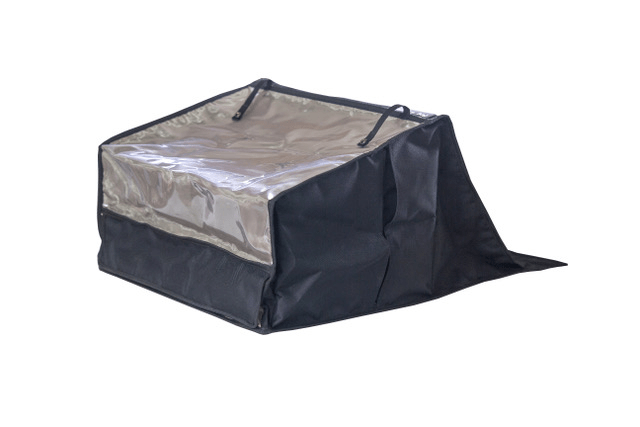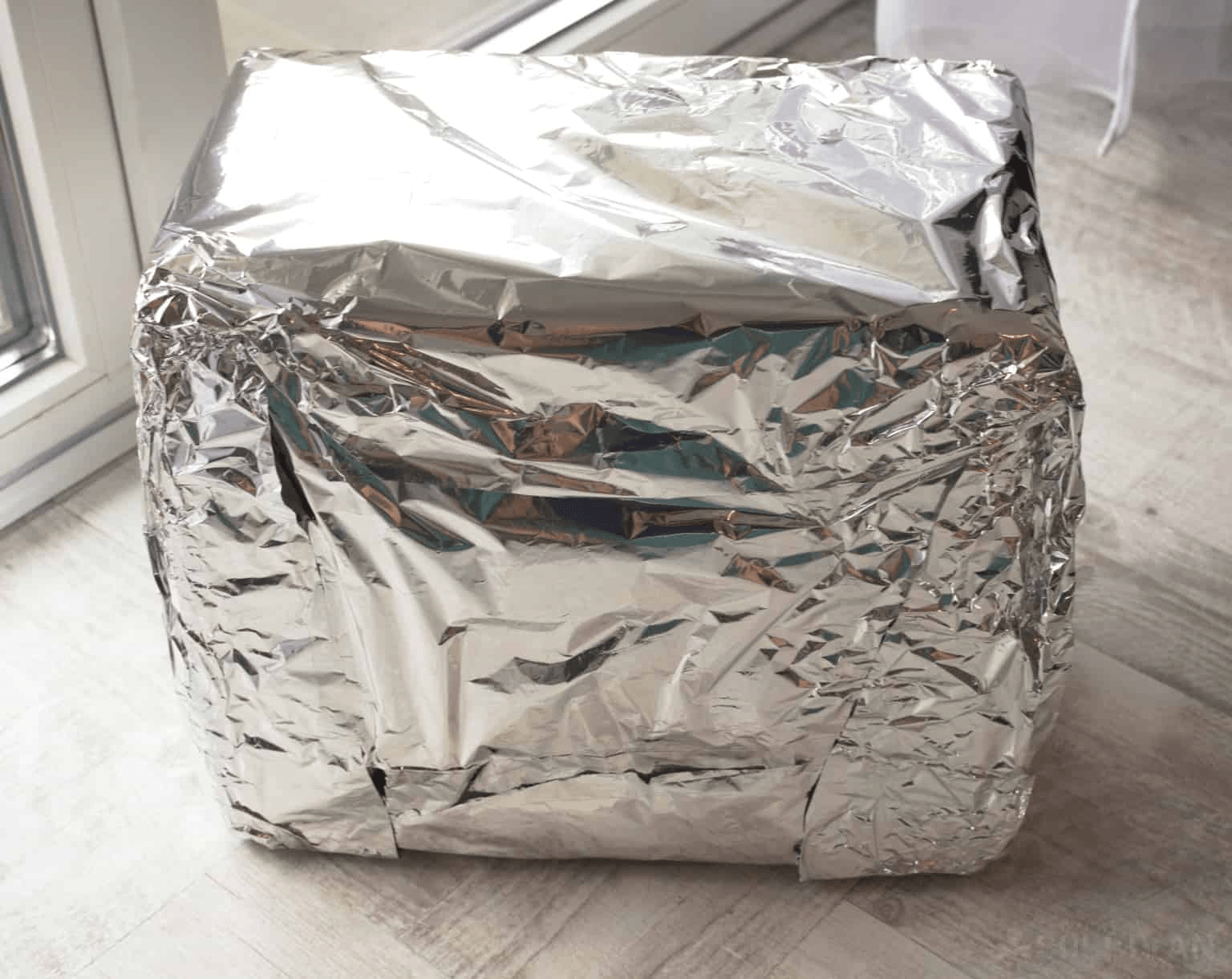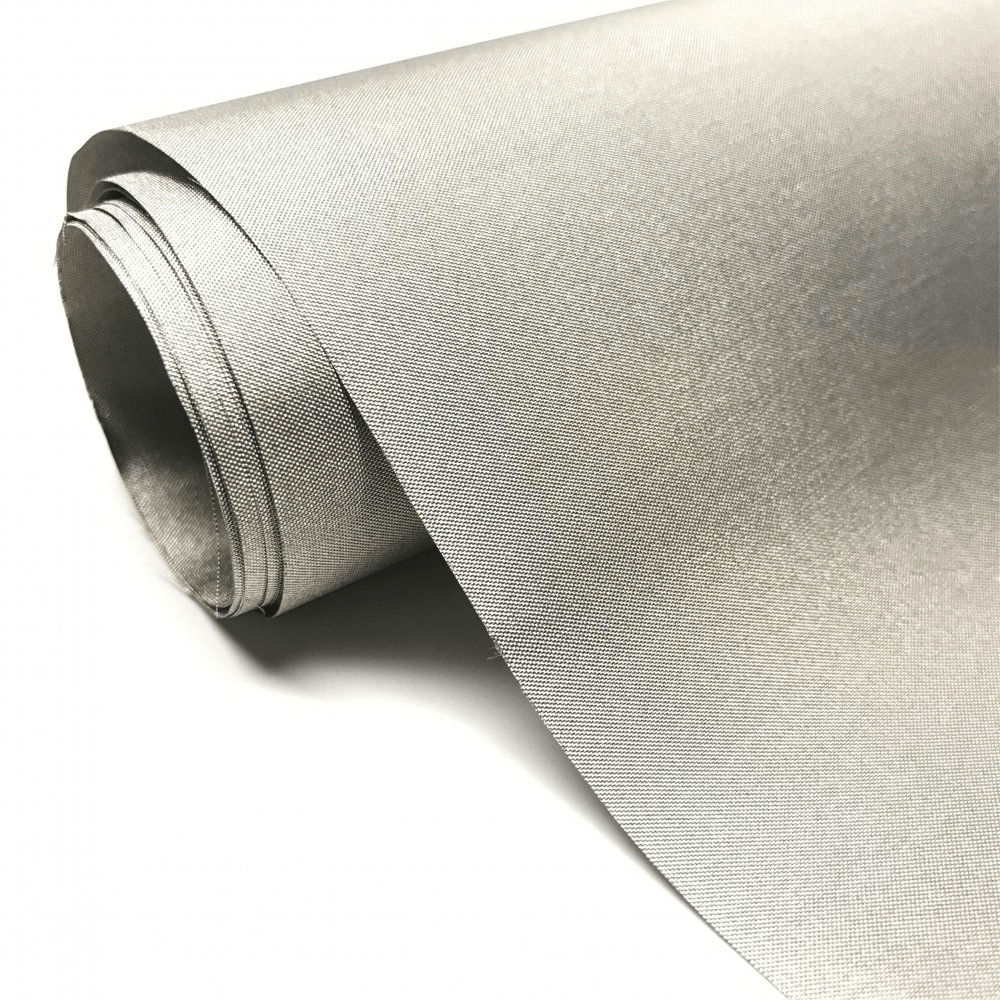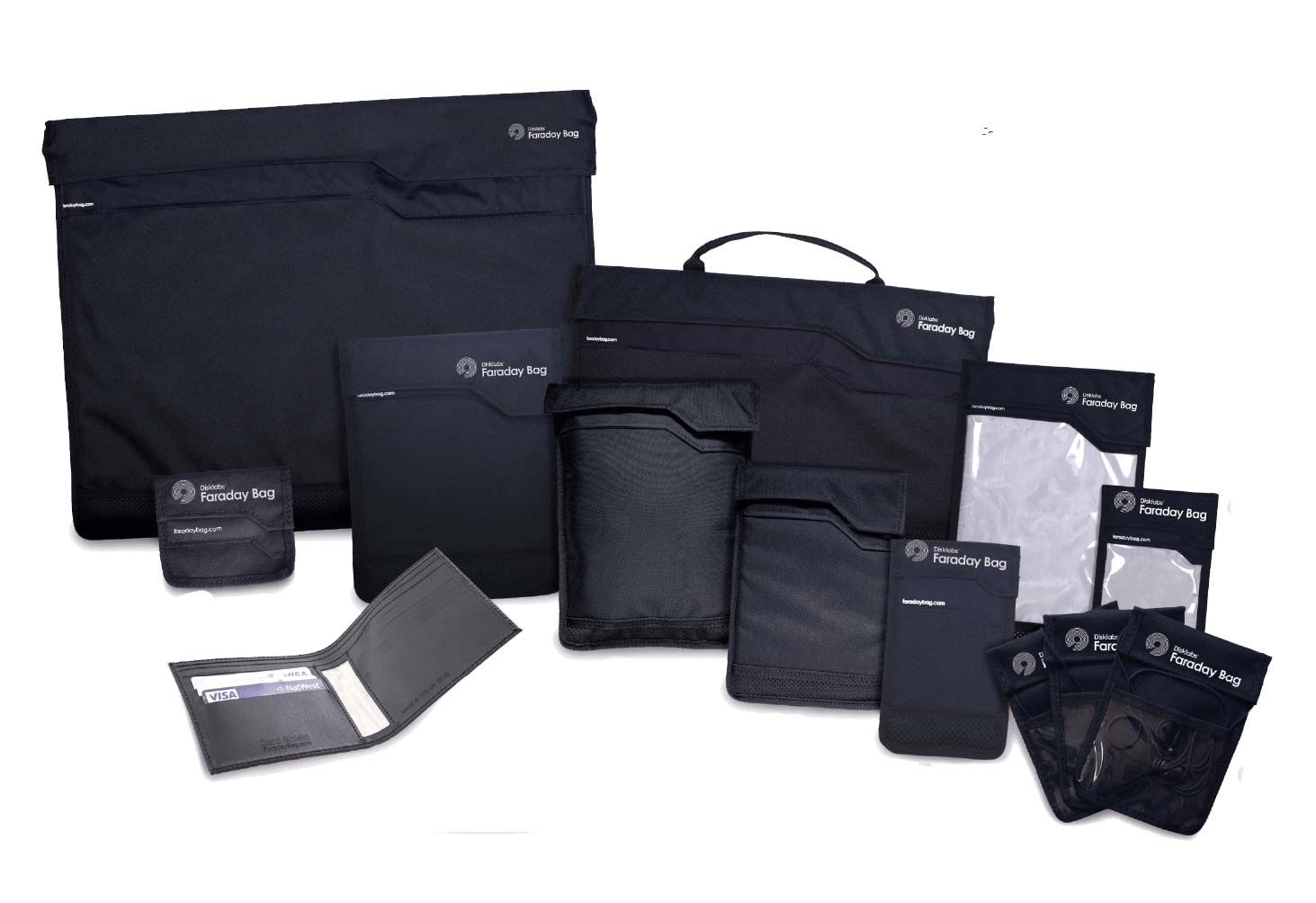Your Cart is Empty
Call, Text or Chat Mon-Friday 10AM-5PM CST : 1-844-WILDOAK
Menu
-
- Deals & Promos
- Homesteading
- Living Off The Grid
- Off Grid Toilet
- Composting Toilets
- Incinerating Toilet
- Chicken Coops
- Greenhouses
- DIY Shed Kits
- Barndominium Kit
- Garage Kits
- Poultry Processing
- Dog Kennels
- BeeKeeping
- EMP & Signal Protection
- Emergency Food Kits
- Freeze Dryers
- Solar Generators, Panels and Batteries
- Solar Fridge & Freezers
- Propane Wall Heater
- Water Filtration
- Coolers and Cooking
- Gazebos
- Portable Sauna
- Camping Cot
- Hunting Blind
- Canvas Tents
- Prepping
- Overlanding Gear
- Composting Toilets
- Solar Generators
- Brands
- Chicken Coop Brands
- Composting Toilet Brands
- Solar Brands
- Food Storage Brands
- Freeze Dryer Brands
- Water Filtration Brands
- Incinerating Toilet
- Dry Flush Toilet Brands
- Waterless Toilet Brands
- Heater Brands
- EMP Shield Brands
- Tent Brands
- Cot Brands
- Cooler Brands
- Stove & Grill Brands
- Dog Kennels
- Greenhouse & Gazebo Brands
- Portable Saunas
- DIY Shed Kits
- About Us
- Resource Center
- The Ultimate Prepper & Emergency Survival Blog - Includes Free eBook
- Beginners Guide to Living off The Grid - Includes Free eBook
- Building Your Own Emergency Food Supply
- Best Survival Food to Be Prepared for Anything
- Berkey Lab Tests & Certifications
- Federal Solar Tax Credit - What You Need to Know
- BLOG
-
- 1-844-945-3625
- Login

Call, Text or Chat Mon-Friday 10AM-5PM CST : 1-844-WILDOAK
Can You Make a DIY Faraday Cage with Aluminum Foil?
Perhaps you have heard the term “Faraday cage” tossed around in science fiction or stumbled upon it while reading about how to protect electronic devices from electromagnetic interference (EMI) or electromagnetic pulse (EMP) attacks. With the increasing prevalence of electronic devices in our daily lives, shielding them from unexpected electromagnetic interference becomes ever more necessary.
Creating a Faraday cage at home addresses the need for a low-cost, effective method to protect valuable electronics from potential threats such as solar flares, EMP attacks, or even everyday sources of EMI. Aluminum foil stands out among the various materials available for this purpose due to its excellent conductive properties. Not only is aluminum foil accessible, but it also provides a highly effective shield against electromagnetic radiation when used correctly in making a DIY Faraday Cage.
Understanding Faraday Cages

A Faraday cage is an enclosure made from conductive materials like metal plates, wire mesh, or aluminum foil. The principle behind a Faraday cage is simple yet effective: it uses conductive materials to create a barrier that blocks external electromagnetic fields. When an external electromagnetic wave hits the cage, the conductive material distributes the charge around the surface, preventing the wave from penetrating the interior. This shielding effect protects any electronic devices inside the cage from external interference.
Historical Background
The concept of the Faraday cage dates back to the early 19th century when Michael Faraday first demonstrated it in 1836. By creating a room coated with metal foil and observing that an electric charge did not affect the interior, Faraday proved that the conductive layer shielded the interior from external electric fields. Since then, Faraday cages have been employed in numerous industries for various applications, such as:
-
Electronics Testing: Faraday cages are used in laboratories to create environments free from electromagnetic interference, ensuring accurate testing of electronic components.
-
Medical Equipment: Sensitive medical devices, like MRI machines, are often enclosed in Faraday cages to prevent external signals from interfering with their operation.
-
Communications: Faraday cages are used in secure communication rooms to prevent eavesdropping and data leaks.
-
Consumer Products: Everyday items like microwave ovens incorporate Faraday cages to contain electromagnetic radiation.
The “Tin Foil Hat” Concept

The “tin foil hat” concept, often associated with paranoia and conspiracy theories, dates back to the early 20th century. In 1927, Julian Huxley wrote a science fiction story called “The Tissue-Culture King,” in which characters wore metal caps to block telepathy.
Although the notion is often mocked, there’s a kernel of scientific truth behind using conductive materials to shield against electromagnetic radiation, leading us to the more practical and scientific application: the Faraday cage.
How Aluminum Foil Can Block Electromagnetic Radiation
Aluminum foil, a common household item, can block electromagnetic radiation. Like other conductive metals, aluminum reflects and absorbs electromagnetic waves. Wrapping an electronic device in aluminum foil acts as a shield, preventing external electromagnetic interference from reaching the device, similar to how a Faraday cage works.
Guide to Making Your Own Faraday Cage
Before building a Faraday cage, gather the following materials:
-
Aluminum foil: The primary conductive material for your Faraday cage.
-
Box or container: A cardboard box or any non-conductive container to house your electronics.
-
Tape: To secure the aluminum foil and ensure there are no gaps.
Instructions in Creating Faraday Cage
Do the following to do your own Faraday cage using aluminum:
1. Preparing the Container
Select and prepare your container. A cardboard box is ideal for this project because it is easy to work with and readily available.
Preparation:
-
Select a Container: Choose a trash can or cardboard box that is large enough to hold the electronic devices you want to protect. The container should be clean, dry, and free from tears or holes.
-
Clean the Container: Ensure the inside of the container is clean and free from dust or debris that could interfere with the wrapping process.
-
Remove Flaps and Handles: When the container has flaps, handles, or protrusions that could interfere with the aluminum foil wrapping, remove them or tape them down securely.
-
Reinforce the Box (Optional): If the cardboard is thin or weak, consider reinforcing the box with additional layers of cardboard or sturdy tape to make it more durable.
2. Wrapping the Container with Aluminum Foil

The aluminum foil acts as the conductive material that blocks electromagnetic fields. Proper wrapping is essential for the Faraday cage to function effectively.
Wrapping:
-
Tear-Off Foil: Tear off a piece of aluminum foil large enough to cover one side of the box. Ensure the piece is smooth and wrinkle-free to maximize its effectiveness.
-
Wrap the Box: Start by placing the foil over one side of the box, then carefully wrap the foil around the box, covering all sides, including the bottom. Ensure the foil is tight against the box to avoid any air gaps.
-
Overlap Edges: Overlap the edges of the foil to ensure continuous coverage. Use tape to secure the overlapping edges and prevent them from lifting or creating gaps.
-
Smooth Out Wrinkles: As you wrap, smooth out any wrinkles or folds in the foil to ensure a good contact surface. This helps maintain the integrity of the conductive layer.
-
Cover the Bottom: Don’t forget to cover the bottom of the box completely with foil. If the box has a lid, wrap it separately and ensure it fits snugly when closed.
3. Ensuring Complete Coverage and Avoiding Gaps
To effectively block electromagnetic interference, the Faraday cage must be free of any gaps or holes where radiation could penetrate.
Coverage:
-
Inspect for Gaps: Carefully inspect the entire box for gaps or exposed areas. Pay special attention to corners and edges, where gaps are more likely to form.
-
Use Additional Layers: For seams and joints, apply additional layers of foil to enhance protection. Overlapping layers can provide better coverage and ensure no weak spots.
-
Tape Edges Securely: Use tape to secure the edges of the foil and prevent them from lifting. Conductive aluminum tape is ideal for this purpose as it provides both adhesive and conductive properties.
-
Check the Lid: If your box has a lid, ensure it is covered completely with foil and forms a continuous conductive layer with the rest of the box when closed.
4. Testing the Effectiveness of Your Faraday Cage
Testing your Faraday cage ensures it effectively blocks electromagnetic fields.
Testing:
-
Place a Device Inside: Place a small electronic device inside the wrapped box, such as a cell phone. Ensure the device is powered on.
-
Close the Box: Securely close the box, making sure the lid or opening is completely covered with foil and there are no gaps.
-
Test for Signal: Try calling or texting the phone while it is inside the box. If the device does not receive any signals, your Faraday cage works correctly.
-
Check for Gaps if Needed: Inspect the box for gaps or weak spots in the foil coverage if the device still receives signals. Add more foil or re-tape edges to make necessary adjustments.
-
Repeat Testing: Repeat the testing process until the device inside the box no longer receives any signals, confirming the effectiveness of your Faraday cage.
Additional Enhancements for Your Faraday Cage
To further improve the effectiveness and durability of your Faraday cage, consider the following enhancements:
-
Conductive Tape: Use conductive tape instead of regular tape to secure the edges. This tape ensures better electrical conductivity and a stronger seal.
-
Plastic Wrap Lining: For additional protection, line the inside of the box with plastic wrap before applying the foil. This layer can prevent static electricity from damaging your devices.
-
Double-Layer Protection: For highly sensitive electronics, wrap the device itself in aluminum foil before placing it inside the larger foil-wrapped box. Doing so provides an extra layer of shielding.
-
Variety of Devices: Test the Faraday cage with different types of electronic devices to ensure its versatility and effectiveness against various electromagnetic interference sources.
Pros and Cons
Using aluminum foil to create your own Faraday cage is a popular DIY method due to its accessibility and low cost.
Pros:
-
Accessibility and Cost-Effectiveness: Aluminum foil is a common household item easily obtained from any grocery or hardware store. Being affordable makes it an attractive option for those looking to protect their electronic devices without breaking the bank.
-
Simplicity and Convenience: Constructing a Faraday cage with aluminum foil is straightforward. All you need is a cardboard box or similar container, which you can wrap with layers of foil to create an effective barrier against electromagnetic radiation.
-
Lightweight and Flexible: Aluminum foil is lightweight and can be easily molded around objects of various shapes and sizes. Such flexibility allows you to protect a wide range of electronic devices, from cell phones to larger gadgets.
Cons:
-
Durability Issues: Aluminum foil can be easily damaged and prone to tearing. The fragility means that the protective barrier may not be as long-lasting as other materials.
-
Limited Effectiveness: While aluminum foil can block some electromagnetic interference, it may not be as effective as other conductive materials like copper or professional-grade Faraday cages. The level of protection may vary depending on the number of layers and the quality of the foil.
-
Potential for Gaps: Ensuring that the foil is free of gaps or breaks is essential for its effectiveness. Any small openings can allow electromagnetic radiation to penetrate, compromising the protection of the devices inside.
Factors Affecting the Effectiveness of a DIY Cage
Creating a Faraday cage can be fun and educational, but several factors influence its effectiveness in blocking electromagnetic fields.
-
Conductive Material: The choice of conductive material is paramount. While aluminum foil is a popular choice, materials like copper screen or wire mesh can offer better protection due to their superior conductivity and durability.
-
Layering and Coverage: The number of layers of the conductive material significantly impacts the cage’s effectiveness. Multiple layers provide added protection, ensuring the electromagnetic radiation is adequately blocked. Ensuring complete coverage without gaps or holes is also essential.
-
Size and Shape: The size and shape of the Faraday cage affect its performance. A larger surface area provides more extensive shielding, but the shape must also be conducive to preventing radiation from entering through corners or edges.
-
Good Contact: Proper electrical contact between the layers of the conductive material is crucial. Any discontinuities can reduce the cage’s ability to block electromagnetic fields effectively.
-
Environmental Factors: The effectiveness of a DIY cage can be influenced by the surrounding environment. High levels of external electromagnetic interference or the proximity of strong electromagnetic sources can challenge the cage’s ability to shield electronic devices.
Alternatives to DIY Cage
For those seeking more reliable options, Faraday fabric and ready-made Faraday bags and cages offer superior protection and ease of use.
Faraday Fabric

Faraday fabric, also known as conductive fabric, is a type of material infused with metals such as copper or nickel. These fabrics are designed to block electromagnetic fields and prevent external electromagnetic interference.
The benefits of using Faraday fabric include:
-
Flexibility and Convenience: Unlike metal cages or boxes, Faraday fabric can be easily cut and shaped to fit around any device. Such flexibility makes it ideal for protecting irregularly shaped electronics or larger items that wouldn’t fit into a standard Faraday cage.
-
High Performance: Faraday fabric provides excellent shielding effectiveness across a wide range of frequencies, ensuring that your devices are well protected from all types of electromagnetic radiation.
-
Portability: Faraday fabric is lightweight and can be folded or rolled up for easy storage and transport, which makes it a great option for travelers who want to protect their devices from potential EMP attacks.
-
Multiple Uses: Faraday fabric can be used to create custom pouches, bags, or even clothing that provides EMI protection.
Ready-Made Faraday Bags and Cages

For those who prefer a ready-made solution, there are numerous commercial products available that offer professional-grade EMI protection. Ready-made Faraday bags and cages come in various sizes and designs to suit different needs. These products are typically made from high-quality conductive materials and are rigorously tested to ensure their effectiveness.
Some popular types of ready-made Faraday products include:
-
Faraday Bags: These are portable pouches made from conductive materials that block electromagnetic fields. Faraday bags are commonly used to protect cell phones, tablets, laptops, and other portable electronics from EMI.
-
Faraday Boxes or Cages: Commercial Faraday cages are pre-constructed enclosures made from metal mesh or other conductive materials. These cages can be used to protect larger electronics or multiple devices at once.
-
Faraday Shields: These are larger, more permanent installations designed to protect entire rooms or buildings from EMI. Faraday shields are often used in scientific research facilities, military installations, and other high-security environments.
Conclusion
Building a Faraday cage can be an effective and rewarding way to protect your electronic devices from electromagnetic interference. Using materials like aluminum foil offers a low-cost and accessible option, though it comes with limitations in durability and effectiveness. The decision between a DIY cage and a professional solution depends on your specific needs, budget, and level of expertise.
Leave a comment
Comments will be approved before showing up.
